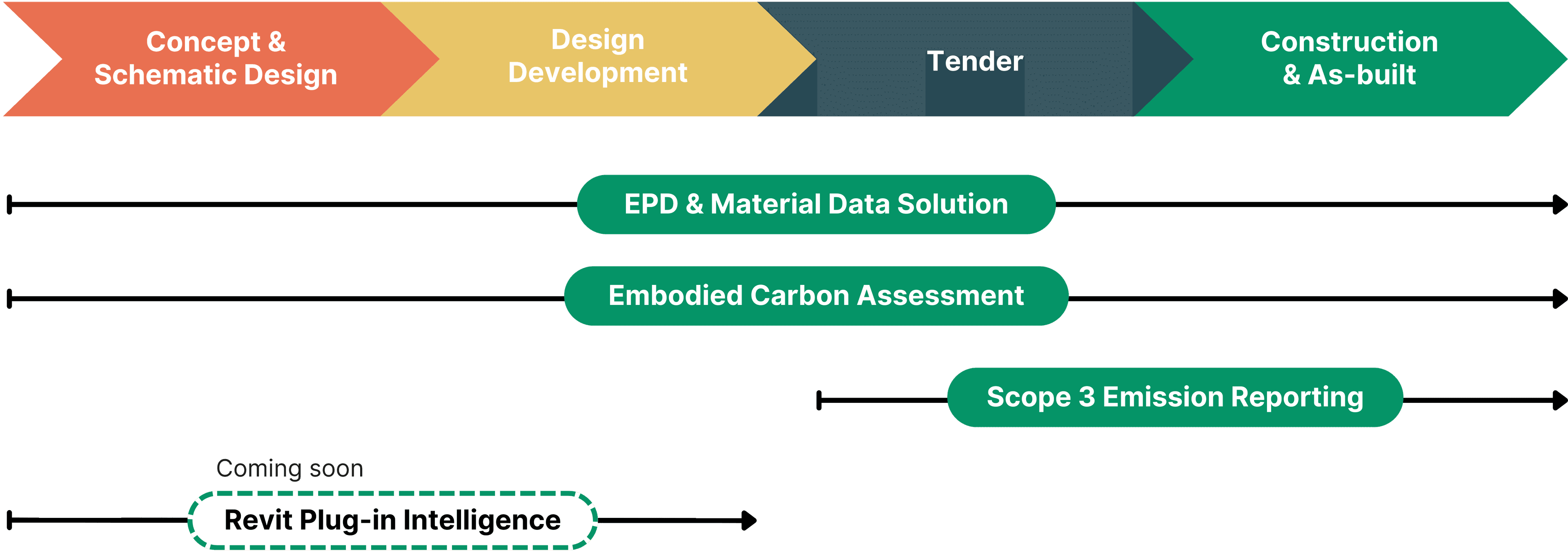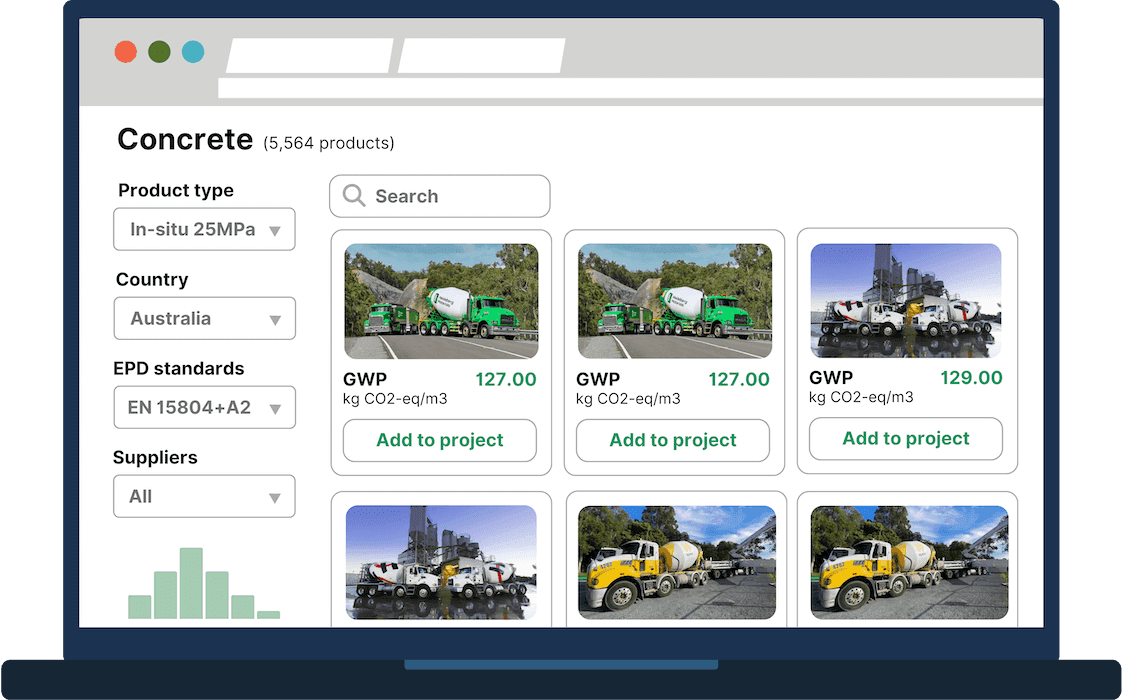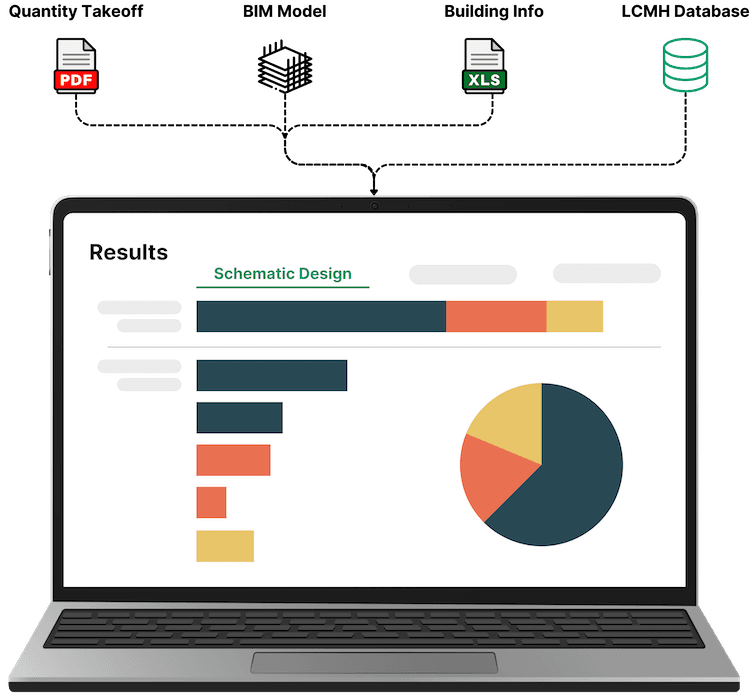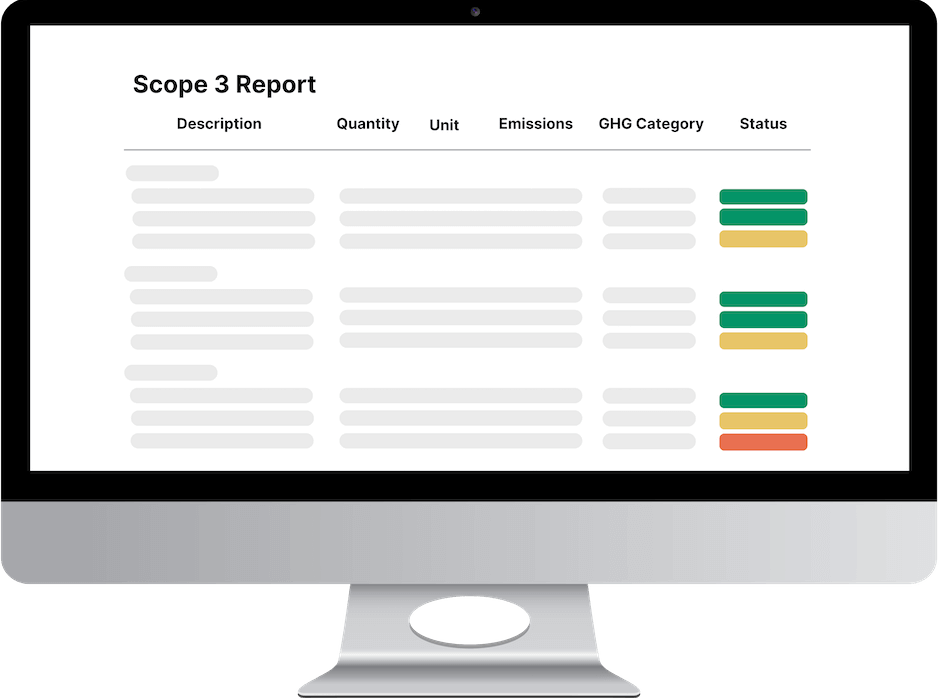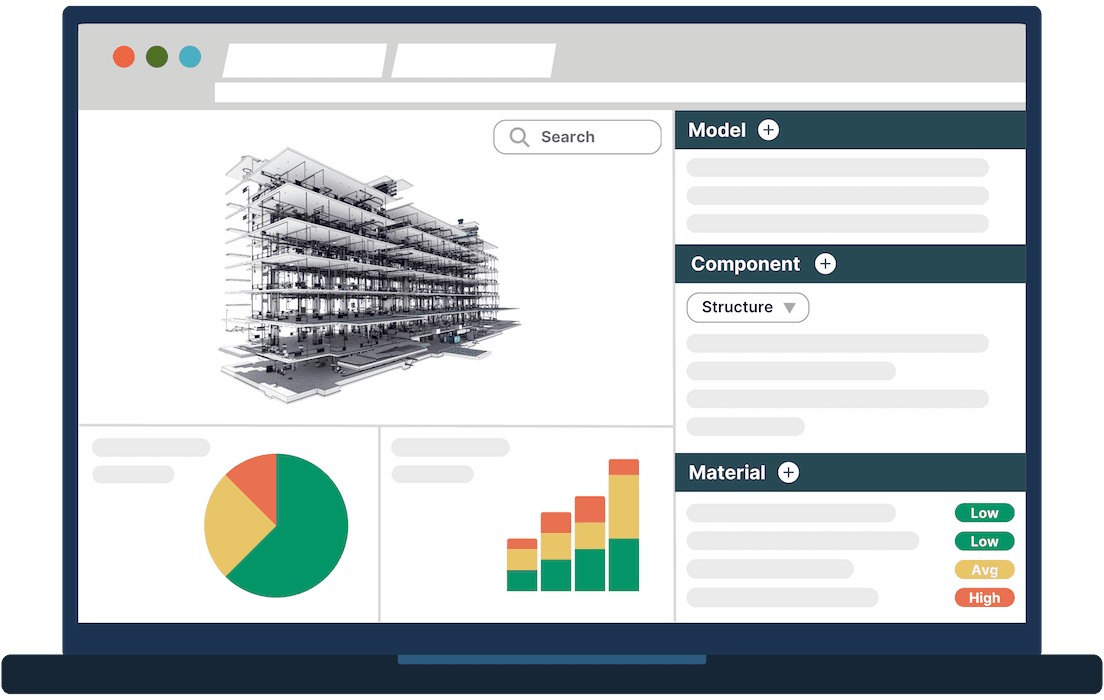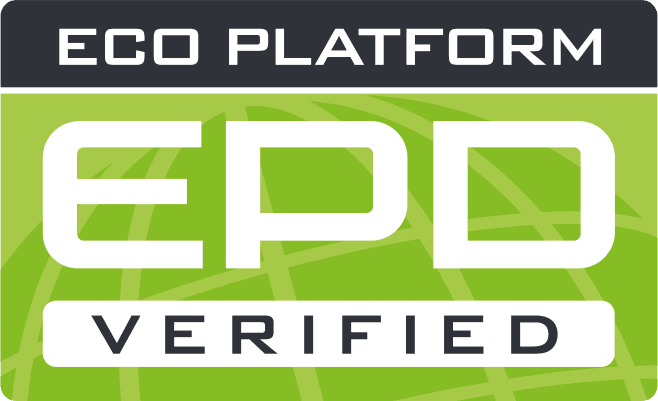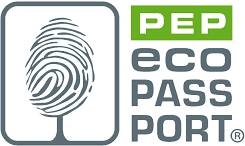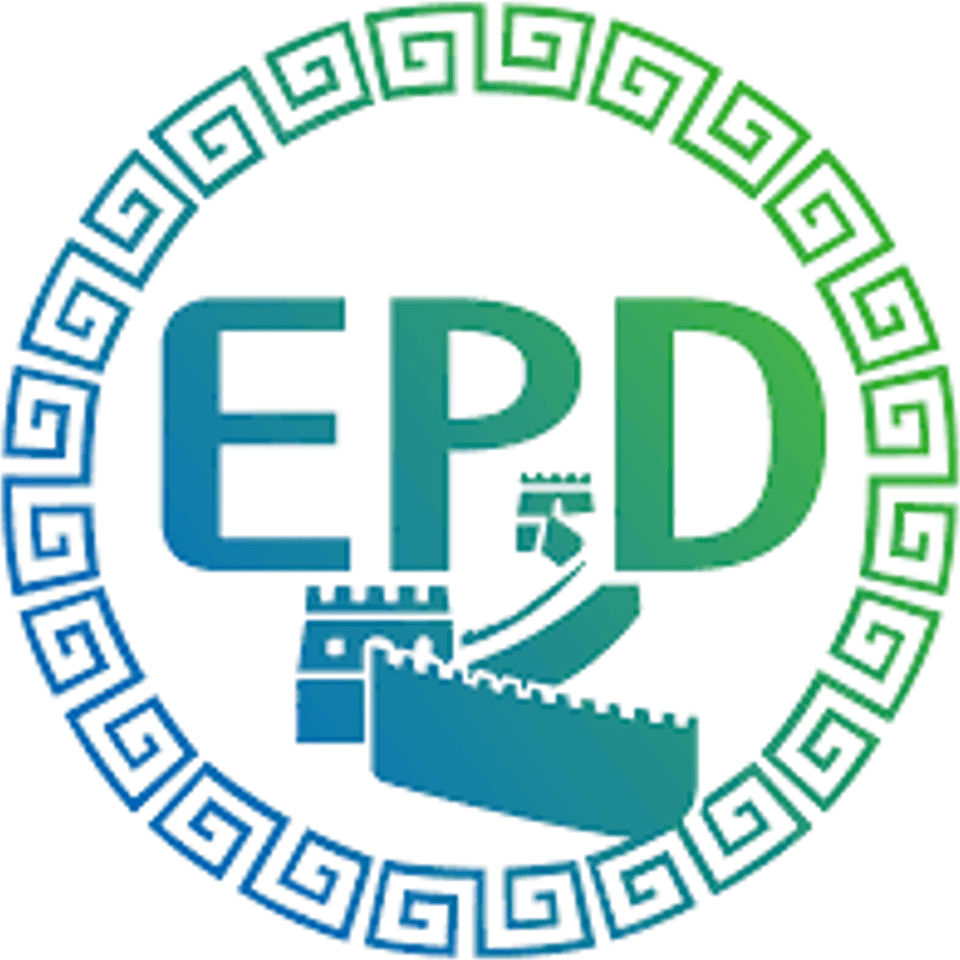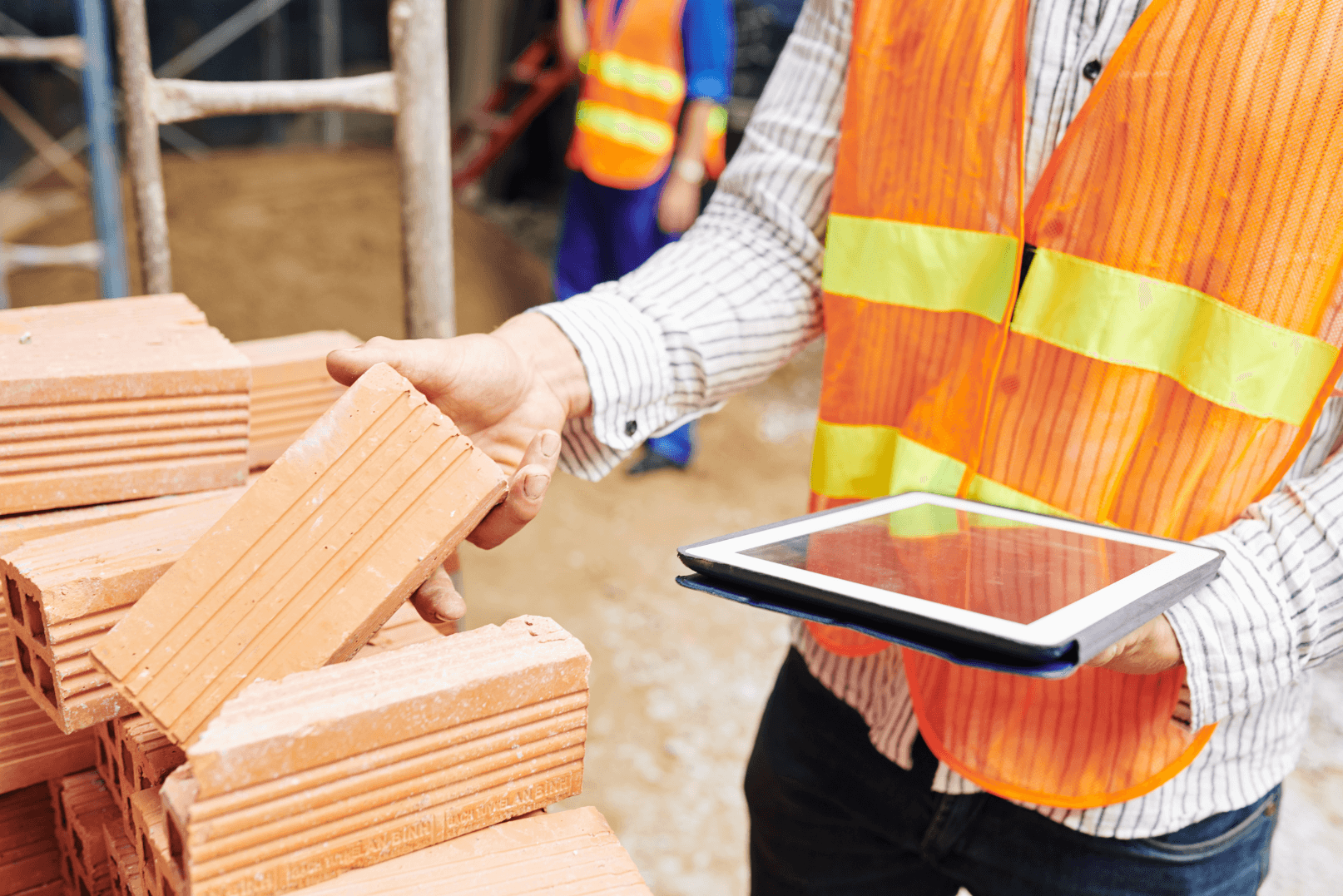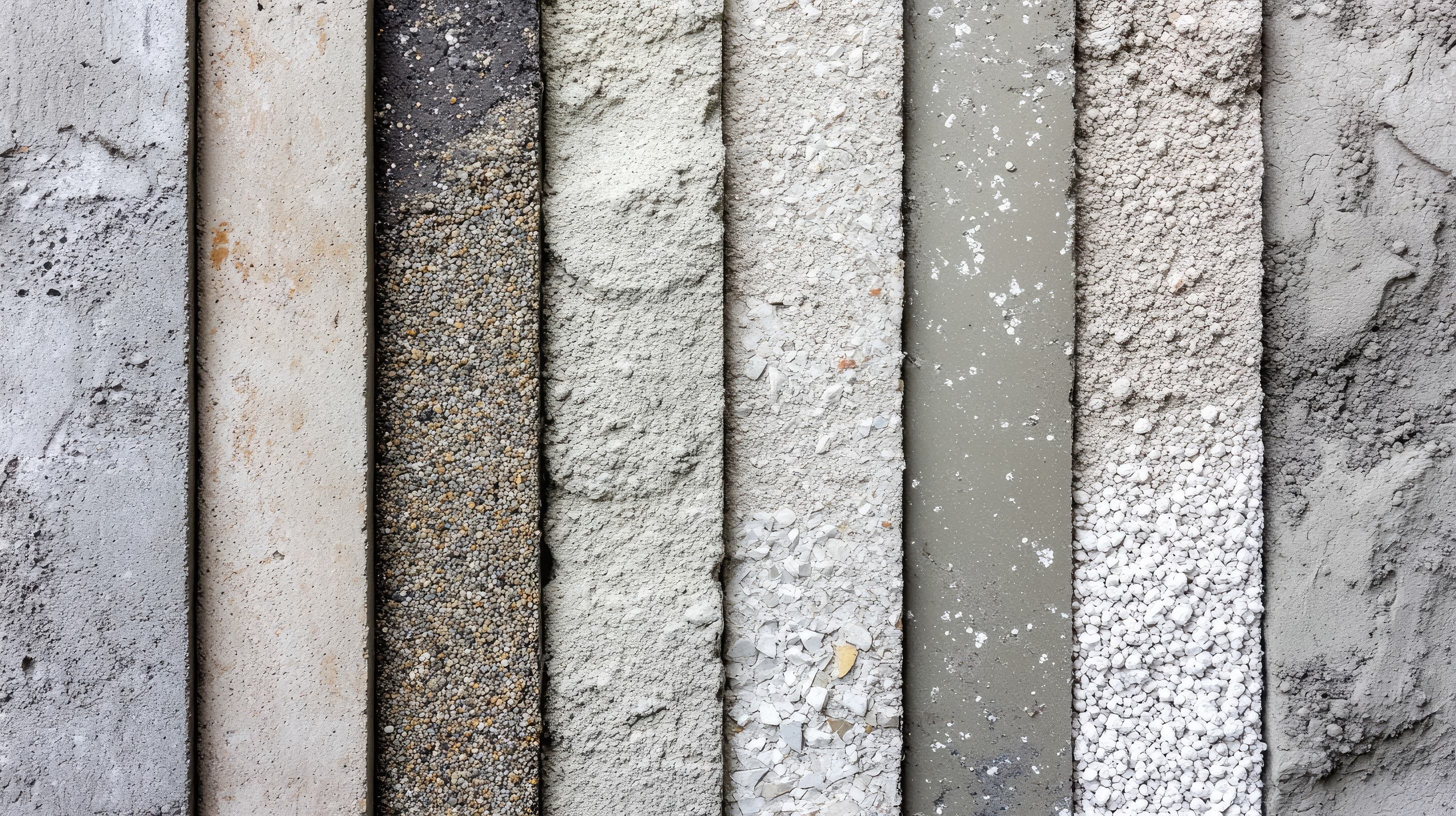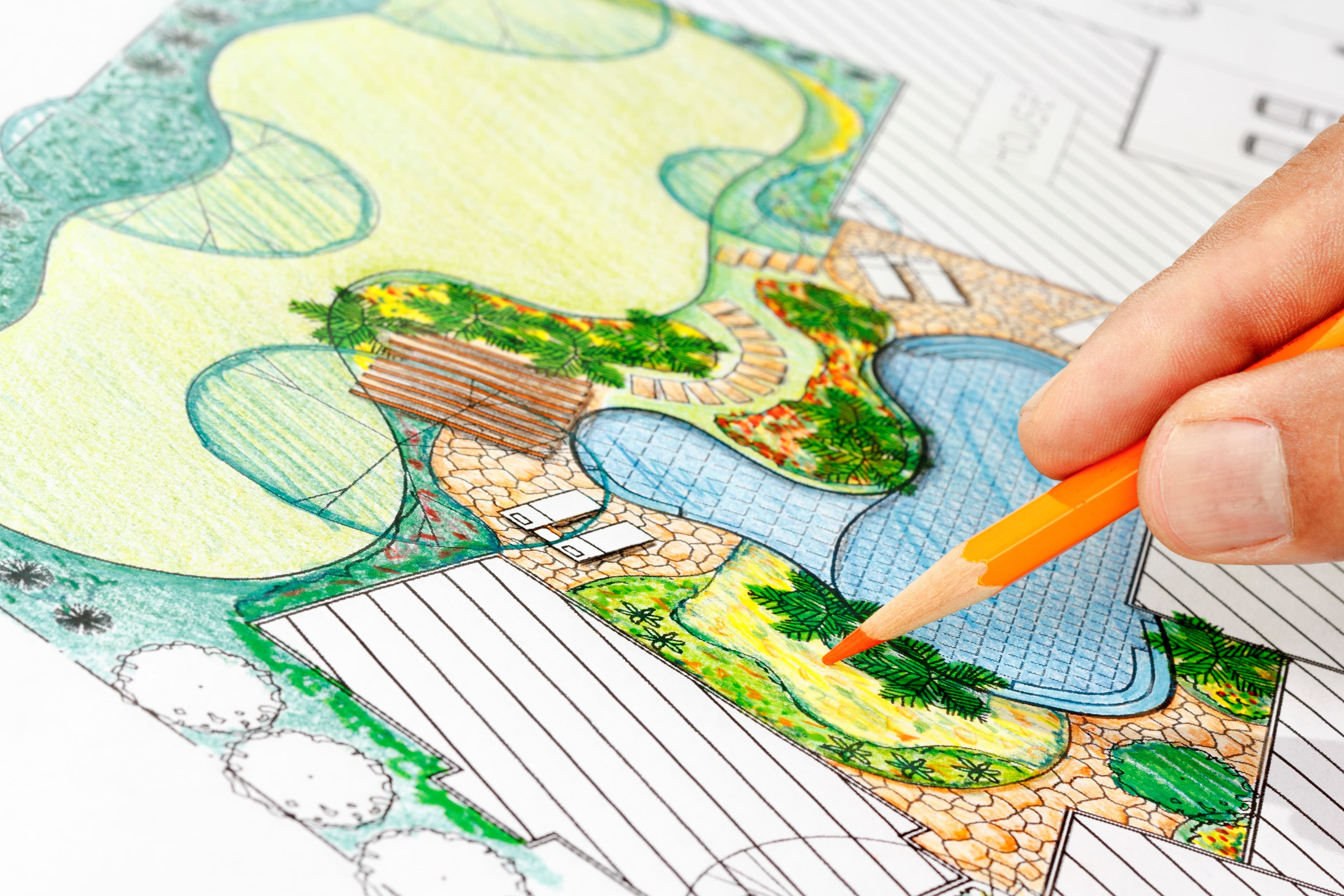Why Suppliers Face Growing Pressure to Provide Upfront Carbon Data
The construction sector is undergoing a rapid transformation. From design stage planning to public procurement and project delivery, suppliers are now under mounting obligation to disclose the embodied carbon of their products—particularly the upfront carbon (A1–A3, sometimes A1–A5) emissions associated with raw material extraction, manufacturing, transport, and installation.

Jason Zhang
Co-founder
